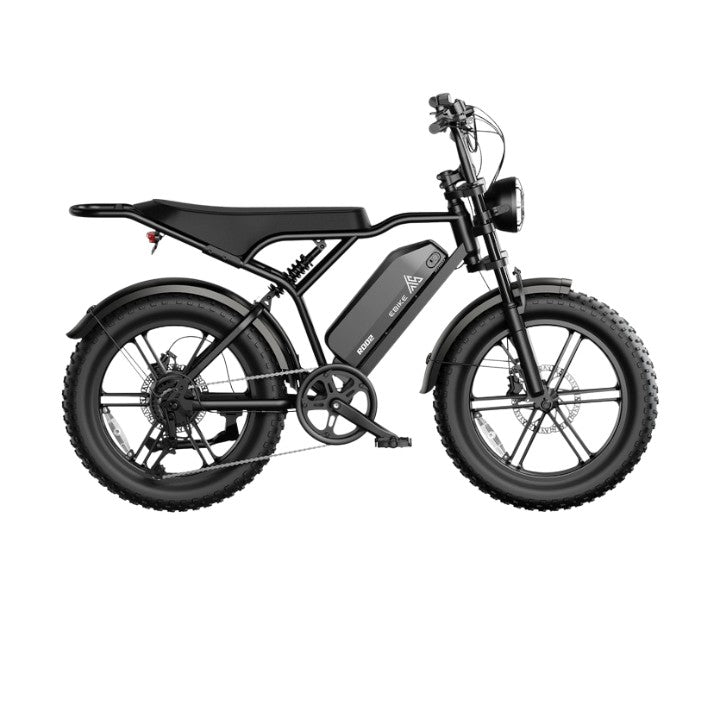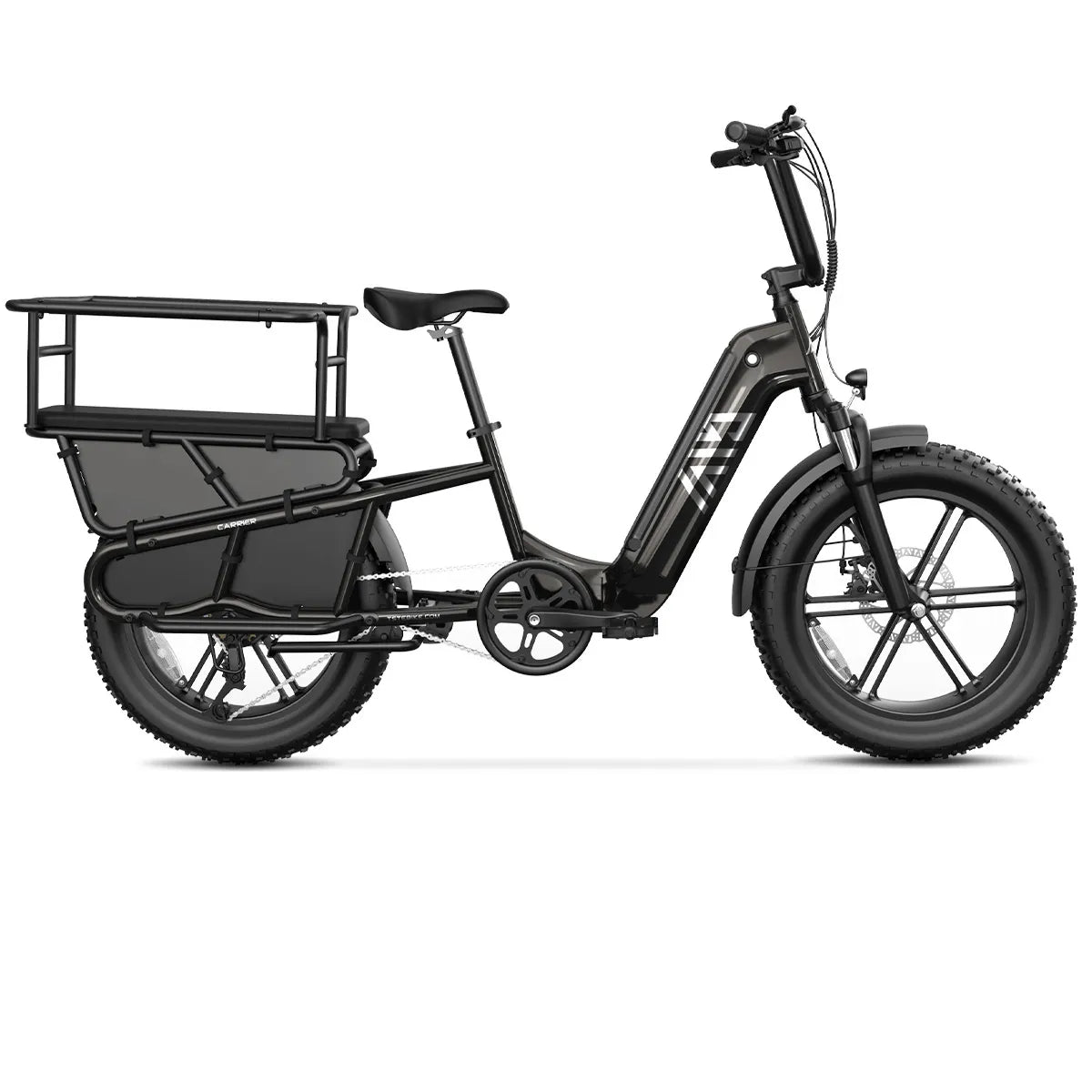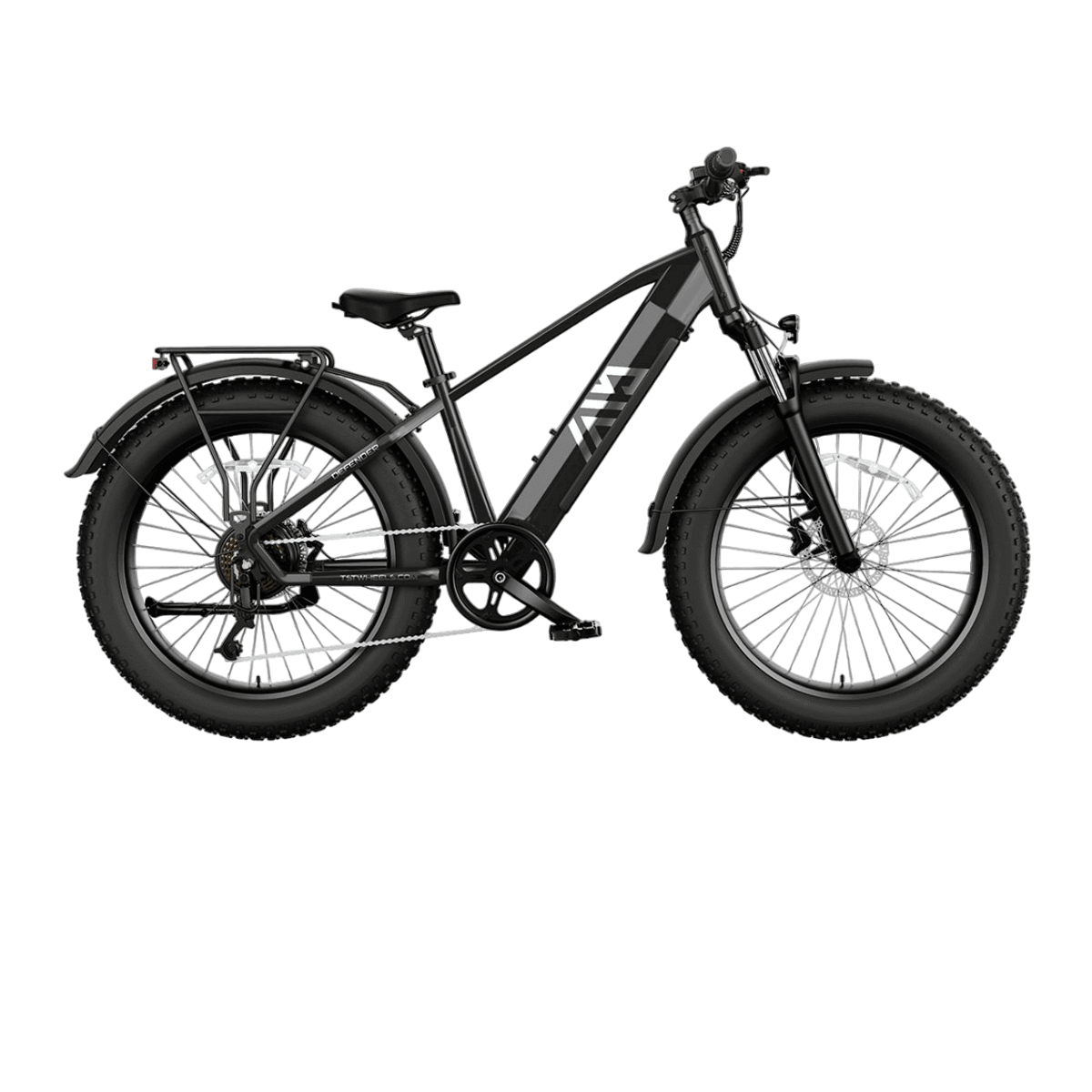The electric moped battery is a pivotal force, powering both city commutes and dynamic adventures. Choosing the right electric moped battery means unlocking superior range, performance, and reliability. TST EBike applies cutting-edge technology and real-user feedback to every electric moped battery solution, ensuring your ride is always efficient, robust, and ready for modern mobility’s demands.
How Do Electric Moped Batteries Work and What Are the Main Types?
The electric moped battery transforms stored chemical energy into electrical energy, fueling your wheels, lights, and controls. The three dominant electric moped battery types are lithium-ion (Li-ion), lead-acid, and nickel-metal hydride (NiMH), each offering distinct balances of weight, cost, and lifespan.
Chart: Electric Moped Battery Type Comparison
| Battery Type | Energy Density (Wh/kg) | Cycle Life | Weight | Maintenance |
|---|---|---|---|---|
| Lithium-ion | 150–200 | 800–1,500 | Light | Low |
| Lead-acid | 35–50 | 200–300 | Heavy | Medium/High |
| NiMH | 60–120 | 300–500 | Moderate | Medium |
What Are the Key Specifications to Consider in an Electric Moped Battery?
Selecting an electric moped battery means analyzing voltage (typically 36V–72V), ampere-hours (Ah) capacity, energy in watt-hours (Wh), and true cycle life. High-capacity batteries mean greater range, while higher voltage supports brisk acceleration and steep climbs—crucial in TST EBike’s performance philosophy.
Why Are Lithium-Ion Batteries Dominant in Modern Electric Mopeds?
Lithium-ion electric moped battery technology dominates the market thanks to high energy density, lighter weights, and proven longevity. Fast charging, deep power reserves, and modular designs place lithium-ion ahead for demanding riders. TST EBike leverages advanced cells and battery management systems (BMS) to maximize safety and consistent energy output.
How Does Battery Management System (BMS) Optimize Electric Moped Battery Performance?
A BMS monitors every electric moped battery parameter—balancing cells, preventing overcharging, and safeguarding against overheating or short-circuit. With a smart BMS, TST EBike ensures each electric moped battery delivers maximum cycles and protected operation, whether you’re conquering sand, snow, or city miles.
Which Terrain and Model Variations Affect Electric Moped Battery Requirements?
TST EBike’s 26-inch models, engineered for rough adventures, demand electric moped battery stability across vibration and temperature swings. The 27-inch models, honed for commuting and mountain riding, prioritize lightweight, long-range batteries for daily reliability and hill-crushing power—all whilst maintaining swift charge and versatile installation.
What Maintenance Extends the Life of Your Electric Moped Battery?
Daily care prolongs electric moped battery life: avoid full discharge, store above freezing, and use the original charger. Routine examination for swelling or corrosion and periodic BMS calibration keep your electric moped battery healthy, dovetailing with TST EBike’s proactive quality services.
When Should You Upgrade or Replace Your Electric Moped Battery?
Signs include rapid voltage drop, diminished range, or notably slow charging. Choose a TST EBike-recommended replacement electric moped battery when cycles exceed their rated life, or if capacity falls below 75%. Upgrading to higher-Wh packs is possible in many TST EBike models for extra range and speed.
Chart: Expected Electric Moped Battery Lifespan by Type
| Battery Type | Typical Lifespan (cycles) | Typical Years (daily use) |
|---|---|---|
| Lithium-ion | 800–1,500 | 3–5 |
| Lead-acid | 200–300 | 1–2 |
| NiMH | 300–500 | 2–3 |
Why Trust TST EBike for Electric Moped Battery Solutions?
TST EBike’s electric moped battery options benefit from decisive consumer input and strict quality control. Every battery is designed for real-world longevity—across snow, sand, or the pressures of daily commuting. Expert support and deep warehouses ensure you access top-tier technology and prompt after-sales service.
Buying Tips
When buying an electric moped battery, always gauge capacity (Ah), voltage (V), and energy (Wh) for your range goals and riding terrain. Rely on reputable suppliers like TST EBike, confirm warranty and support details, and ensure compatibility with your moped’s controller/BMS. Opt for lithium-ion batteries for the longest life and best efficiency. For rough rides, choose rugged, waterproof designs; for city commutes, lighter and long-range packs. Regularly monitor battery health for peak safety and power.
TST EBike Expert Views
“The electric moped battery is much more than chemistry—it’s about empowering every rider to break boundaries in sustainability and experience. TST EBike presses the edge with responsive design, adaptive support, and relentless commitment to safety. Every electric moped battery we deliver is a step toward smarter, cleaner mobility.”
FAQ
What is the lifespan of an electric moped battery?
A quality electric moped battery typically lasts 800–1,500 cycles (3–5 years for lithium-ion) if maintained correctly.
How do I choose the right electric moped battery for my needs?
Match voltage and amp-hour rating with your moped specs; prioritize lithium-ion batteries for best balance of weight, range, and durability.
Do I need a special charger for my electric moped battery?
Always use the manufacturer-recommended charger to ensure safe, fast charging and preserve the battery warranty.
Can I upgrade my TST EBike with a higher-capacity electric moped battery?
Yes, many TST EBike models allow battery upgrades for greater range and performance—consult support for recommended options.
Why should I consider TST EBike batteries?
TST EBike batteries are built around real-world feedback, top-level safety, and robust after-sales service—making each electric moped battery a reliable travel partner.





Leave a comment
All comments are moderated before being published.
This site is protected by hCaptcha and the hCaptcha Privacy Policy and Terms of Service apply.